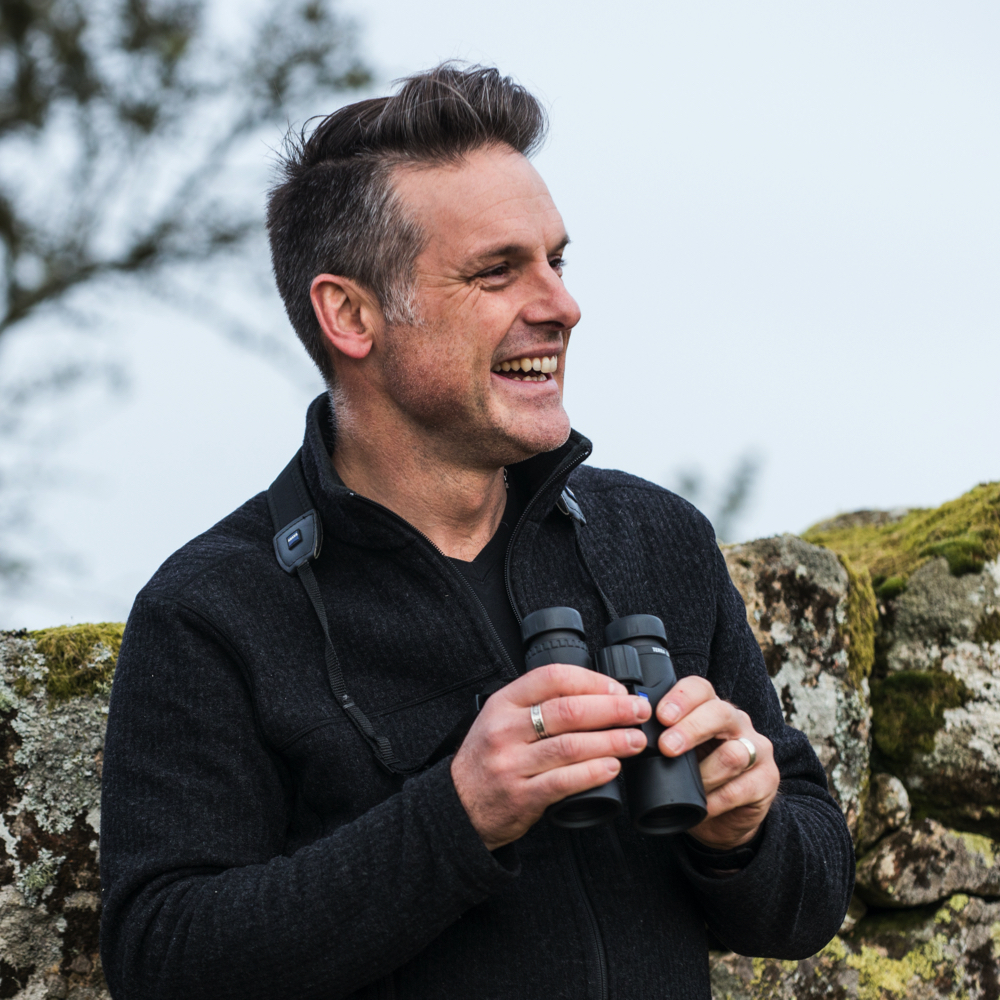How does a male chaffinch turn up the colour intensity of its feathers from muted winter tones to bright, vibrant, in-your-face breeding garb? It’s a simple question to which the obvious answer might be to moult, especially given that feathers, like our hair, are dead material that once formed cannot be actively altered.
However, chaffinches are one of the first birds to start their strutting and singing with the first warm days of spring, often as early as February, so they don’t have time to moult. The resources required to reclothe the birds’ bodies in energetically expensive feathers might also be at their lowest at this time of year. So how do they manage the transition from dull pastels to punchy pigments in a matter of months?
How does a male chaffinch change colour?
The secret, it turns out, is in the physical structure of those feathers, which emerged back in late summer. Like most small birds, chaffinches do go through one major moult a year, usually after the breeding season has finished. Think back to those scruffy birds in the garden or the park. That is when they ‘let go’ of their breeding finery. Their job done for the year, the old feathers are replaced with the new.
Feathers are made up of folded b-keratin, which is a type of protein. As a feather is being built, it is contained within a protective sheath. In this elongated ‘bag’ the feather structure is laid down and pigments and form added. As new cells are created at the bottom of the feather near the follicle, the entire process is pushed upwards and away from the bird’s skin.
Just before completion, all the living cellular machinery is taken away and reabsorbed by the body, and the protective sheath then crumbles away, revealing the fully formed feather dead and fixed (it’s the reason you don’t see birds with half-grown feathers). The whole operation is complicated and expensive. In fact, feathers are regarded as one of the most complex and evolved structures in the animal world.
If the feathers are dead and fixed, this leaves us with the problem of how birds can appear to change colour without the expense, time, hassle and risk of moulting. It comes down to how and what is incorporated into the feather structure as it is being grown.
When the feather starts to push out from the follicle, those materials that are to become the feather tips are laid down first and impregnated with less of the darkening pigment melanin, and less keratin, which is responsible for making materials stronger and less prone to wear. Back last summer when the chaffinches in your garden were growing feathers, the tips of the final chaffinch feather that you see now were already predestined to be paler and weaker.
This built-in, physical design means that as the feathers experience natural wear and tear over the winter, these paler feather tips slowly, imperceptibly crumble away. The result is an overall optical illusion: the bright pigments we see on a spring-fresh bird have been there all along.
Their effect was somewhat diluted and dulled by the grey and pale tips, which as they broke off, allowed the other stronger, melanin-impregnated, colourful parts of the feather to take over their visual dominance, making a chaffinch sparkle into the spring.
Many other bird species undergo the same feather process as the chaffinch.
House sparrows and starlings are worth scrutiny. The speckles in the winter plumage of the starling are deliberately weakened feather tips too.
As the spots and spangles slowly disappear during the winter, they leave the famously glossy and glistening final product.
The difference between starlings and chaffinches is that on a starling not every feather has the same length of abradable tip, hence the speckled appearance.

